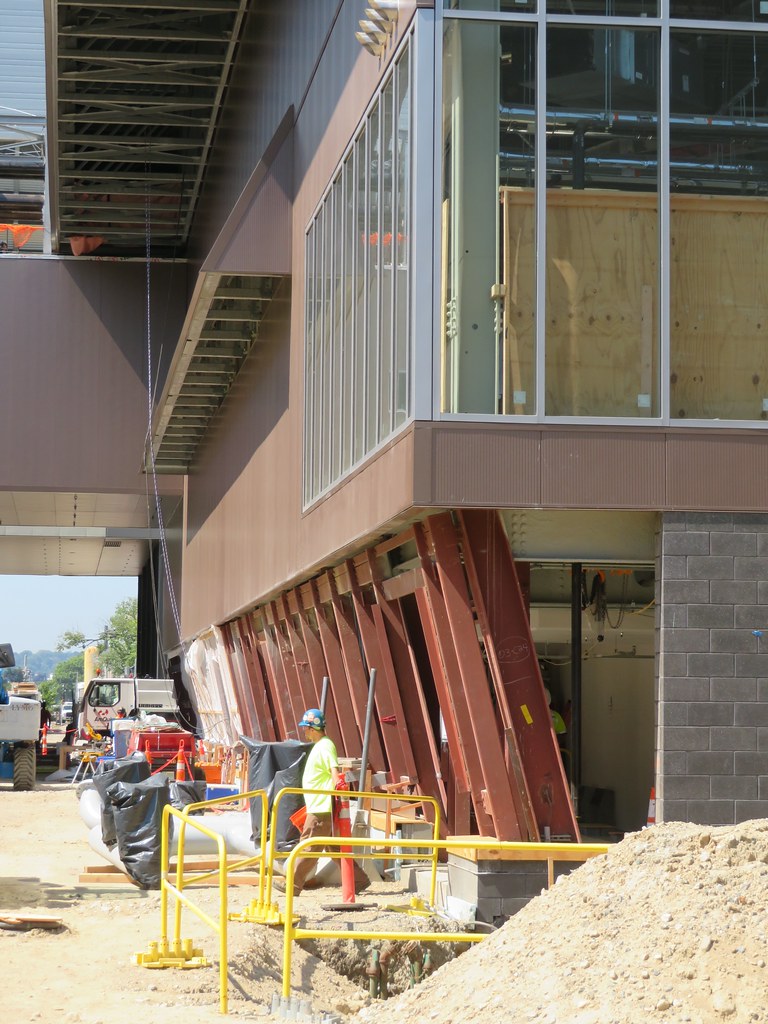MIT to construct new, cutting-edge Wright Brothers Wind Tunnel
Largest, most advanced U.S. academic tunnel will replace 79-year-old facility; Boeing is project’s lead donor with philanthropic commitment.
http://news.mit.edu/2017/mit-construct-new-cutting-edge-wright-brothers-wind-tunnel-1113
Bill Litant
MIT has announced it will replace its venerable 79-year-old Wright Brothers Wind Tunnel with a new facility that will be the largest and most advanced academic wind tunnel in the United States.
To facilitate construction of the new tunnel and ongoing operations, Boeing has made a funding pledge to become the $18-million-project’s lead donor. Boeing’s gift reflects a century-long relationship between the company and MIT that helped ignite the global aerospace industry, and it confirms a commitment to research and development that will fuel future innovation.
Like its predecessor, the new tunnel will be operated by the MIT Department of Aeronautics and Astronautics, and it will retain the Wright Brothers Wind Tunnel name.
The new tunnel will:
-permit increased test speeds, from the current 150 miles per hour to 200 miles per hour;
-greatly improve research data acquisition;
-halve the power requirements of the original 2,000 horsepower fan motor;
increase test section volume from 850 cubic feet to 1,600 cubic feet, and test section area from 57 square feet to 80 square feet;
-improve ability to test autonomous vehicles (“drones”) and aerodynamic components including wings, bodies, and wind turbines; and
enable new MIT classes in advanced aerodynamics and fluid mechanics.
The new Wright Brothers Wind Tunnel will be situated in the same location as its predecessor. Building 17, which is located to the right of the tunnel and contains its controls, will have a new structure added to the rear for an elevator and access bridge to AeroAstro’s Neumann Hangar.
More in the article. Architect seems to be Imai Keller Moore Architects.





















 IMG_8056
IMG_8056 IMG_8061
IMG_8061 IMG_8062
IMG_8062 IMG_1127
IMG_1127 IMG_1130
IMG_1130 IMG_1134
IMG_1134 IMG_1135
IMG_1135
 IMG_2873
IMG_2873 IMG_2874
IMG_2874 IMG_2876
IMG_2876 IMG_2878
IMG_2878 Rear
Rear
 IMG_4673
IMG_4673 IMG_4674
IMG_4674 IMG_4675
IMG_4675 IMG_4677
IMG_4677